当前位置:网站首页>[Wu Enda machine learning] week5 programming assignment EX4 - neural network learning
[Wu Enda machine learning] week5 programming assignment EX4 - neural network learning
2022-07-06 02:17:00 【Xingyan.】
Neural Network
1. Visualizing the data
displayData.m
function [h, display_array] = displayData(X, example_width)
%DISPLAYDATA Display 2D data in a nice grid
% [h, display_array] = DISPLAYDATA(X, example_width) displays 2D data
% stored in X in a nice grid. It returns the figure handle h and the
% displayed array if requested.
% Set example_width automatically if not passed in
if ~exist('example_width', 'var') || isempty(example_width)
example_width = round(sqrt(size(X, 2)));
end
% Gray Image
colormap(gray);
% Compute rows, cols
[m n] = size(X);
example_height = (n / example_width);
% Compute number of items to display
display_rows = floor(sqrt(m));
display_cols = ceil(m / display_rows);
% Between images padding
pad = 1;
% Setup blank display
display_array = - ones(pad + display_rows * (example_height + pad), ...
pad + display_cols * (example_width + pad));
% Copy each example into a patch on the display array
curr_ex = 1;
for j = 1:display_rows
for i = 1:display_cols
if curr_ex > m,
break;
end
% Copy the patch
% Get the max value of the patch
max_val = max(abs(X(curr_ex, :)));
display_array(pad + (j - 1) * (example_height + pad) + (1:example_height), ...
pad + (i - 1) * (example_width + pad) + (1:example_width)) = ...
reshape(X(curr_ex, :), example_height, example_width) / max_val;
curr_ex = curr_ex + 1;
end
if curr_ex > m,
break;
end
end
% Display Image
h = imagesc(display_array, [-1 1]);
% Do not show axis
axis image off
drawnow;
end
ex4.m
%% Initialization
clear ; close all; clc
%% Setup the parameters you will use for this exercise
input_layer_size = 400; % 20x20 Input Images of Digits
hidden_layer_size = 25; % 25 hidden units
num_labels = 10; % 10 labels, from 1 to 10
% (note that we have mapped "0" to label 10)
%% =========== Part 1: Loading and Visualizing Data =============
% We start the exercise by first loading and visualizing the dataset.
% You will be working with a dataset that contains handwritten digits.
%
% Load Training Data
fprintf('Loading and Visualizing Data ...\n')
load('ex4data1.mat');
m = size(X, 1);
% Randomly select 100 data points to display
sel = randperm(size(X, 1));
sel = sel(1:100);
displayData(X(sel, :));
%fprintf('Program paused. Press enter to continue.\n');
%pause;
2. Model representation
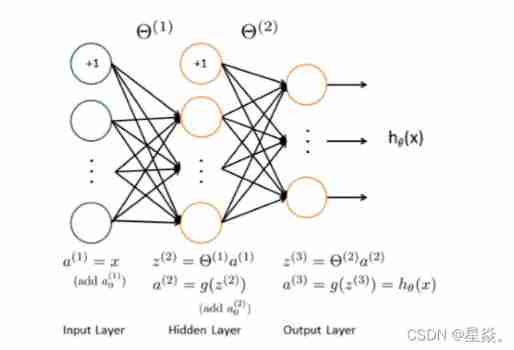
ex4.m
%% ================ Part 2: Loading Parameters ================
% In this part of the exercise, we load some pre-initialized
% neural network parameters.
fprintf('\nLoading Saved Neural Network Parameters ...\n')
% Load the weights into variables Theta1 and Theta2
load('ex4weights.mat');
% Unroll parameters
nn_params = [Theta1(:) ; Theta2(:)];
It has 3 layers – an input layer, a hidden layer and an output layer. Since the images are of size 20×20, this gives us 400 input layer units (not counting the extra bias unit which always outputs +1).
You have been provided with a set of network parameters (Θ(1),Θ(2)) already trained by us. These are stored in ex4weights.mat and will be loaded by ex4.m into Theta1 and Theta2. The parameters have dimensions that are sized for a neural network with 25 units in the second layer and 10 output units (corresponding to the 10 digit classes).
3. Feedforward and cost function
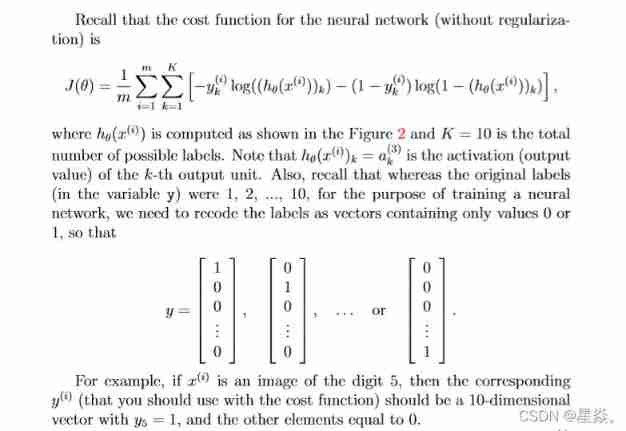
nnCostFunction.m
function [J grad] = nnCostFunction(nn_params, ...
input_layer_size, ...
hidden_layer_size, ...
num_labels, ...
X, y, lambda)
%NNCOSTFUNCTION Implements the neural network cost function for a two layer
%neural network which performs classification
% [J grad] = NNCOSTFUNCTON(nn_params, hidden_layer_size, num_labels, ...
% X, y, lambda) computes the cost and gradient of the neural network. The
% parameters for the neural network are "unrolled" into the vector
% nn_params and need to be converted back into the weight matrices.
%
% The returned parameter grad should be a "unrolled" vector of the
% partial derivatives of the neural network.
%
% Reshape nn_params back into the parameters Theta1 and Theta2, the weight matrices
% for our 2 layer neural network
Theta1 = reshape(nn_params(1:hidden_layer_size * (input_layer_size + 1)), ...
hidden_layer_size, (input_layer_size + 1));
Theta2 = reshape(nn_params((1 + (hidden_layer_size * (input_layer_size + 1))):end), ...
num_labels, (hidden_layer_size + 1));
% Setup some useful variables
m = size(X, 1);
% You need to return the following variables correctly
J = 0;
Theta1_grad = zeros(size(Theta1));
Theta2_grad = zeros(size(Theta2));
% ====================== YOUR CODE HERE ======================
% Instructions: You should complete the code by working through the
% following parts.
%
% Part 1: Feedforward the neural network and return the cost in the
% variable J. After implementing Part 1, you can verify that your
% cost function computation is correct by verifying the cost
% computed in ex4.m
% Training set (X,Y), Data preprocessing : take Y Convert to the form of objective vector
Y = zeros(m, size(Theta2, 1))
for i = 1 : size(Theta2, 1)
Y(find(y == i), i) = 1;
end
% Set Input of each layer 、 Output :a、z
a1 = [ones(m, 1) X]; % input layer 5000x401
z2 = a1 * Theta1'; % hidden layer(in) 5000x25 where Theata 25x401
a2 = [ones(m, 1) sigmoid(z2)]; % hidden layer(out) 5000x26
z3 = a2 * Theta2'; % output layer(in) 5000x10 where Theta2 10x26
a3 = sigmoid(z3) % output result
h = a3 % h_θ(x)
J = 1 / m * sum(sum(-Y .* log(h) - (1 - Y) .* log(1 - h)));
ex4.m
%% ================ Part 3: Compute Cost (Feedforward) ================
% To the neural network, you should first start by implementing the
% feedforward part of the neural network that returns the cost only. You
% should complete the code in nnCostFunction.m to return cost. After
% implementing the feedforward to compute the cost, you can verify that
% your implementation is correct by verifying that you get the same cost
% as us for the fixed debugging parameters.
%
% We suggest implementing the feedforward cost *without* regularization
% first so that it will be easier for you to debug. Later, in part 4, you
% will get to implement the regularized cost.
%
fprintf('\nFeedforward Using Neural Network ...\n')
% Weight regularization parameter (we set this to 0 here).
lambda = 0;
J = nnCostFunction(nn_params, input_layer_size, hidden_layer_size, ...
num_labels, X, y, lambda);
fprintf(['Cost at parameters when lambda is equal to 0(loaded from ex4weights): %f '...
'\n(this value should be about 0.287629)\n'], J);
%fprintf('\nProgram paused. Press enter to continue.\n');
%pause;
4. Regularized cost function

nnCostFunction.m
regTerm = lambda / (2 * m) * ...
(sum(sum(Theta1(:, 2:size(Theta1, 2)).^2)) + ...
sum(sum(Theta2(:, 2:size(Theta2, 2)).^2)));
J = J + regTerm;
ex4.m
%% ================ Part 3: Compute Cost (Feedforward) ================
% To the neural network, you should first start by implementing the
% feedforward part of the neural network that returns the cost only. You
% should complete the code in nnCostFunction.m to return cost. After
% implementing the feedforward to compute the cost, you can verify that
% your implementation is correct by verifying that you get the same cost
% as us for the fixed debugging parameters.
%
% We suggest implementing the feedforward cost *without* regularization
% first so that it will be easier for you to debug. Later, in part 4, you
% will get to implement the regularized cost.
%
fprintf('\nFeedforward Using Neural Network ...\n')
% Weight regularization parameter (we set this to 0 here).
lambda = 1;
J = nnCostFunction(nn_params, input_layer_size, hidden_layer_size, ...
num_labels, X, y, lambda);
fprintf(['Cost at parameters when lambda is equal to 1(loaded from ex4weights): %f '...
'\n(this value should be about 0.383770)\n'], J);
%fprintf('\nProgram paused. Press enter to continue.\n');
%pause;
Backpropagation
1. sigmoid gradient
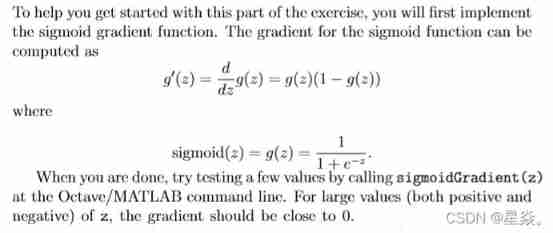
sigmoidGradient.m
function g = sigmoidGradient(z)
%SIGMOIDGRADIENT returns the gradient of the sigmoid function
%evaluated at z
% g = SIGMOIDGRADIENT(z) computes the gradient of the sigmoid function
% evaluated at z. This should work regardless if z is a matrix or a
% vector. In particular, if z is a vector or matrix, you should return
% the gradient for each element.
g = zeros(size(z));
% ====================== YOUR CODE HERE ======================
% Instructions: Compute the gradient of the sigmoid function evaluated at
% each value of z (z can be a matrix, vector or scalar).
g = sigmoid(z) .* (1 - sigmoid(z)); % It is applicable to matrix , It also applies to vectors
% =============================================================
end
ex4.m
%% ================ Part 5: Sigmoid Gradient ================
% Before you start implementing the neural network, you will first
% implement the gradient for the sigmoid function. You should complete the
% code in the sigmoidGradient.m file.
%
fprintf('\nEvaluating sigmoid gradient...\n')
g = sigmoidGradient([-1 -0.5 0 0.5 1]);
fprintf('Sigmoid gradient evaluated at [-1 -0.5 0 0.5 1]:\n ');
fprintf('%f ', g);
fprintf('\n\n');
%fprintf('Program paused. Press enter to continue.\n');
%pause;
2. Random initialization
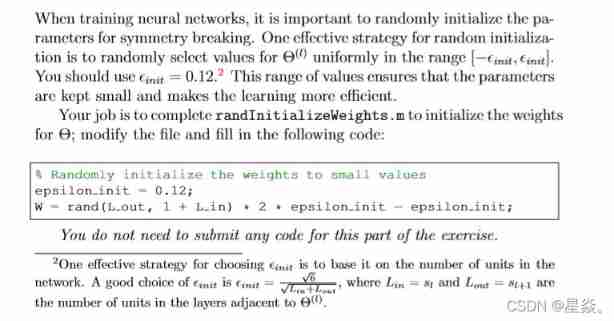
Selection of the ϵ \epsilon ϵ As small as possible , An effective selection strategy is based on the number of units in the network , Make ϵ i n i t = 6 L i n + L o u t \epsilon_{init} = \frac{\sqrt{6}}{\sqrt{L_{in}+L_{out}}} ϵinit=Lin+Lout6, among L i n = s l L_{in} = s_l Lin=sl and L o u t = S l + 1 L_{out} = S_{l+1} Lout=Sl+1 It's adjacent Θ ( l ) \Theta^{(l)} Θ(l) The number of units in the layer .
randInitializeWeights.m
function W = randInitializeWeights(L_in, L_out)
%RANDINITIALIZEWEIGHTS Randomly initialize the weights of a layer with L_in
%incoming connections and L_out outgoing connections
% W = RANDINITIALIZEWEIGHTS(L_in, L_out) randomly initializes the weights
% of a layer with L_in incoming connections and L_out outgoing
% connections.
%
% Note that W should be set to a matrix of size(L_out, 1 + L_in) as
% the first column of W handles the "bias" terms
%
% You need to return the following variables correctly
W = zeros(L_out, 1 + L_in);
% ====================== YOUR CODE HERE ======================
% Instructions: Initialize W randomly so that we break the symmetry while
% training the neural network.
%
% Note: The first column of W corresponds to the parameters for the bias unit
%
epsilon_init = 0.12; % This number should be smaller to ensure higher learning efficiency
W = rando(L_out, 1 + L_in) * 2 * epsilon_init - epsillon_init;
% =========================================================================
end
3. Backpropagation
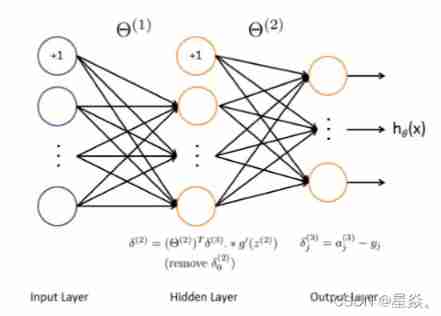
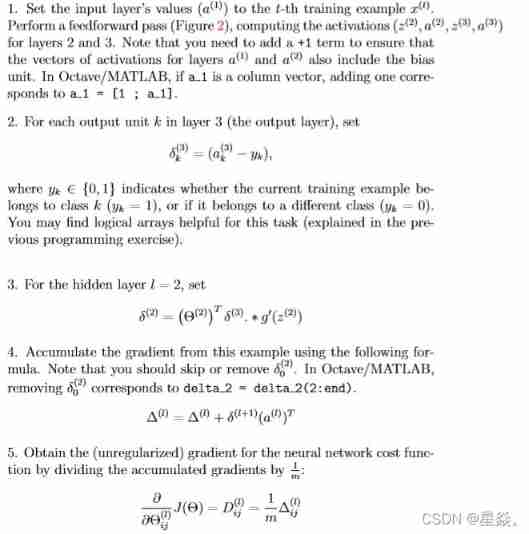
nnCostFunction.m
% Part 2: Implement the backpropagation algorithm to compute the gradients
% Theta1_grad and Theta2_grad. You should return the partial derivatives of
% the cost function with respect to Theta1 and Theta2 in Theta1_grad and
% Theta2_grad, respectively. After implementing Part 2, you can check
% that your implementation is correct by running checkNNGradients
%
% Note: The vector y passed into the function is a vector of labels
% containing values from 1..K. You need to map this vector into a
% binary vector of 1's and 0's to be used with the neural network
% cost function.
%
% Hint: We recommend implementing backpropagation using a for-loop
% over the training examples if you are implementing it for the
% first time.
delta3 = a3 - Y; % 5000x10
delta2 = delta3 * Theta2; % 5000x26
delta2 = delta2(:, 2:end); % 5000x25
delta2 = delta2 .* sigmoidGradient(z2); % 5000x25
% Delta Representation error matrix
Delta2 = zeros(size(Theta2)); % 10x26
Delta1 = zeros(size(Theta1)); % 25x401
Delta2 = Delta2 + delta3' * a2; % 10x26 a2:5000x26
Delta1 = Delta1 + delta2' * a1; % 25x401 a1:5000x401
Theta2_grad = 1 / m * Delta2;
Theta1_grad = 1 / m * Delta1;
ex4.m
%% =============== Part 7: Implement Backpropagation ===============
% Once your cost matches up with ours, you should proceed to implement the
% backpropagation algorithm for the neural network. You should add to the
% code you've written in nnCostFunction.m to return the partial
% derivatives of the parameters.
%
fprintf('\nChecking Backpropagation... \n');
% Check gradients by running checkNNGradients
checkNNGradients;
%fprintf('\nProgram paused. Press enter to continue.\n');
%pause;
4. Gradient checking
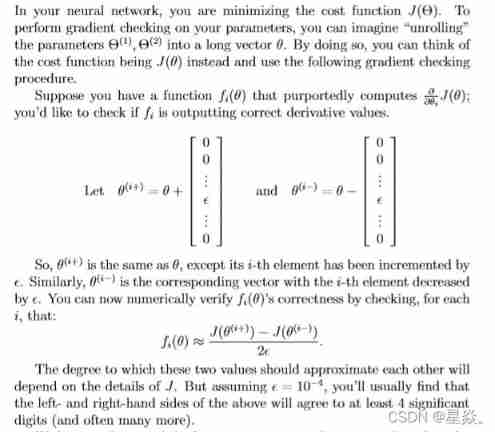
computerNumericalGradient.m
function numgrad = computeNumericalGradient(J, theta)
%COMPUTENUMERICALGRADIENT Computes the gradient using "finite differences"
%and gives us a numerical estimate of the gradient.
% numgrad = COMPUTENUMERICALGRADIENT(J, theta) computes the numerical
% gradient of the function J around theta. Calling y = J(theta) should
% return the function value at theta.
% Notes: The following code implements numerical gradient checking, and
% returns the numerical gradient.It sets numgrad(i) to (a numerical
% approximation of) the partial derivative of J with respect to the
% i-th input argument, evaluated at theta. (i.e., numgrad(i) should
% be the (approximately) the partial derivative of J with respect
% to theta(i).)
%
numgrad = zeros(size(theta));
perturb = zeros(size(theta));
e = 1e-4;
for p = 1:numel(theta)
% Set perturbation vector
perturb(p) = e;
loss1 = J(theta - perturb);
loss2 = J(theta + perturb);
% Compute Numerical Gradient
numgrad(p) = (loss2 - loss1) / (2*e);
perturb(p) = 0;
end
end
5. Regularized Neural Networks


nnCostFunction.m
% Part 3: Implement regularization with the cost function and gradients.
%
% Hint: You can implement this around the code for
% backpropagation. That is, you can compute the gradients for
% the regularization separately and then add them to Theta1_grad
% and Theta2_grad from Part 2.
%
Theta1_grad = 1 / m * Delta1 + lambda / m * Theta1;
Theta2_grad = 1 / m * Delta2 + lambda / m * Theta2;
Theta1_grad(:,1) = 1 / m * Delta1(:,1);
Theta2_grad(:,1) = 1 / m * Delta2(:,1);
% -------------------------------------------------------------
ex4.m
%% =============== Part 8: Implement Regularization ===============
% Once your backpropagation implementation is correct, you should now
% continue to implement the regularization with the cost and gradient.
%
fprintf('\nChecking Backpropagation (w/ Regularization) ... \n')
% Check gradients by running checkNNGradients
lambda = 3;
checkNNGradients(lambda);
% Also output the costFunction debugging values
debug_J = nnCostFunction(nn_params, input_layer_size, ...
hidden_layer_size, num_labels, X, y, lambda);
fprintf(['\n\nCost at (fixed) debugging parameters (w/ lambda = %f): %f ' ...
'\n(for lambda = 3, this value should be about 0.576051)\n\n'], lambda, debug_J);
%fprintf('Program paused. Press enter to continue.\n');
%pause;
Reference material
Ng machine learning ex4-matlab Version learning summary notes -BP neural network
Wu Enda's programming homework for the fifth week of machine learning ex4 answer
边栏推荐
- Bidding promotion process
- 构建库函数的雏形——参照野火的手册
- Online reservation system of sports venues based on PHP
- Ali test Open face test
- Unity learning notes -- 2D one-way platform production method
- SSM 程序集
- 729. 我的日程安排表 I / 剑指 Offer II 106. 二分图
- Redis list
- Flowable source code comments (36) process instance migration status job processor, BPMN history cleanup job processor, external worker task completion job processor
- Prepare for the autumn face-to-face test questions
猜你喜欢
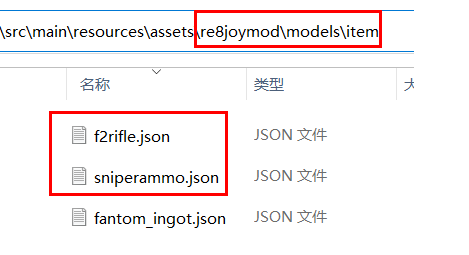
Minecraft 1.18.1、1.18.2模组开发 22.狙击枪(Sniper Rifle)
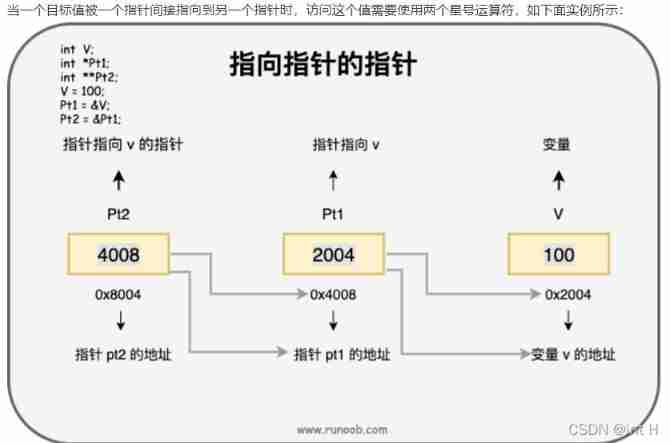
0211 embedded C language learning
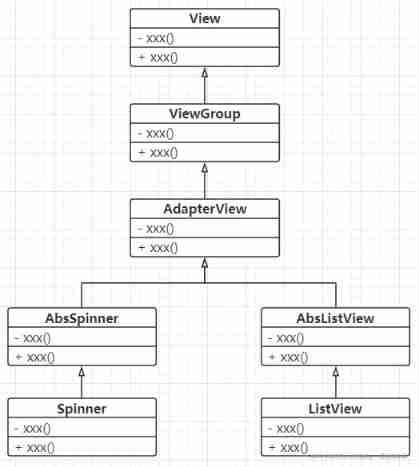
Use the list component to realize the drop-down list and address list
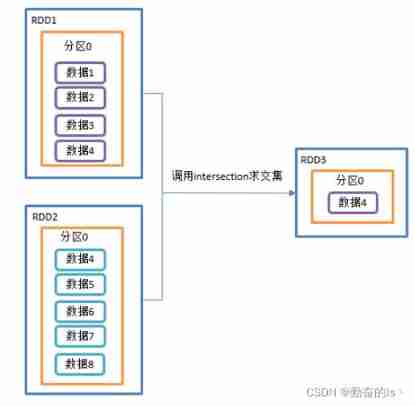
RDD conversion operator of spark
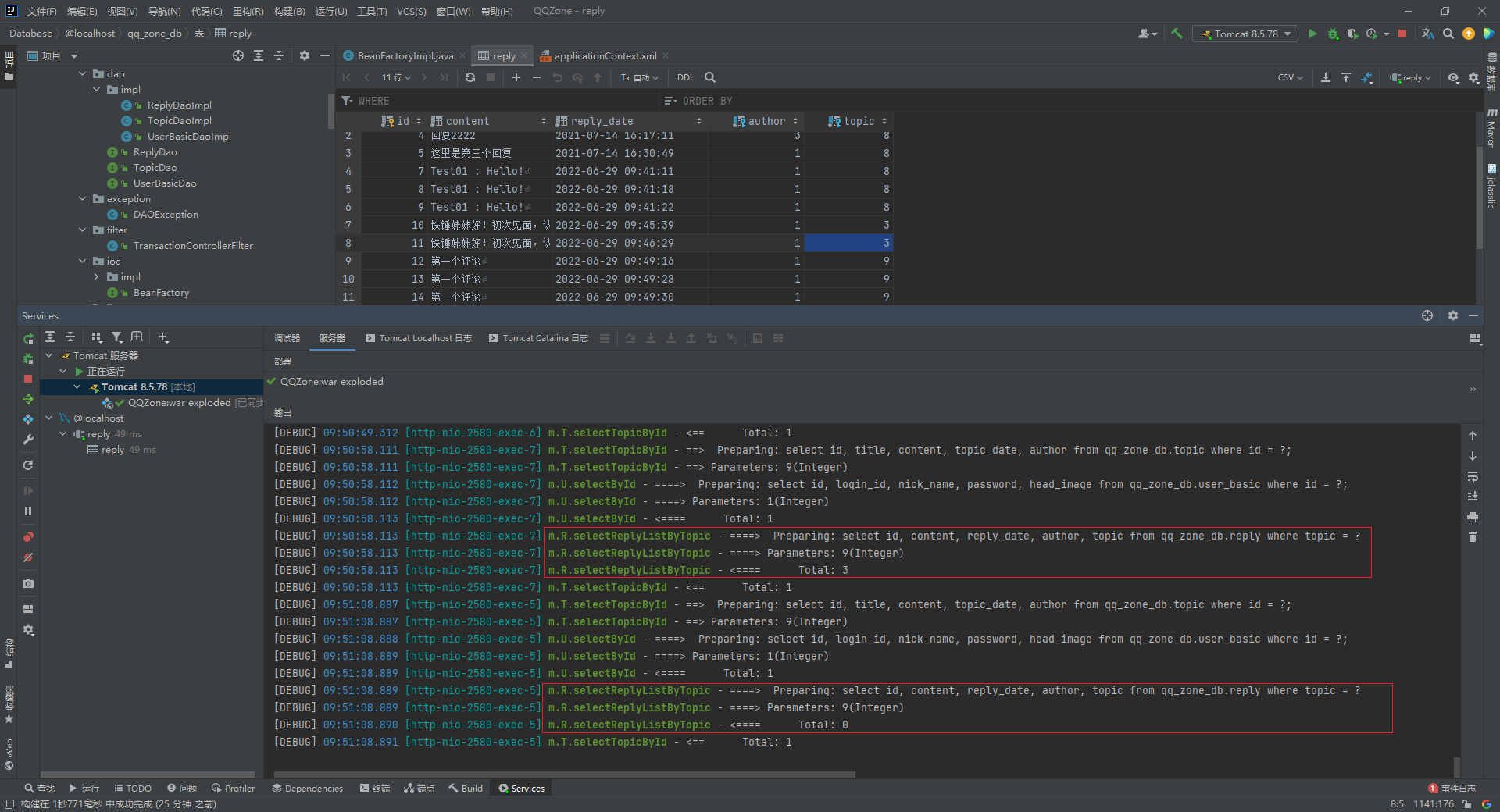
同一个 SqlSession 中执行两条一模一样的SQL语句查询得到的 total 数量不一样

leetcode-两数之和

Minecraft 1.16.5 biochemical 8 module version 2.0 storybook + more guns
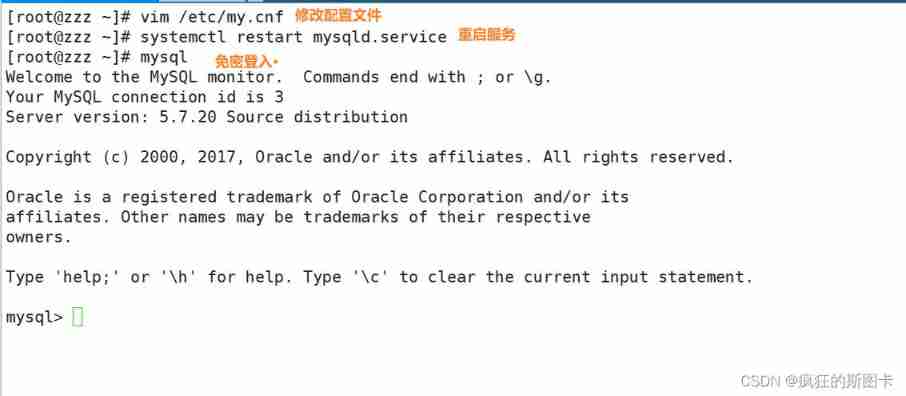
SQL statement

3D drawing ()
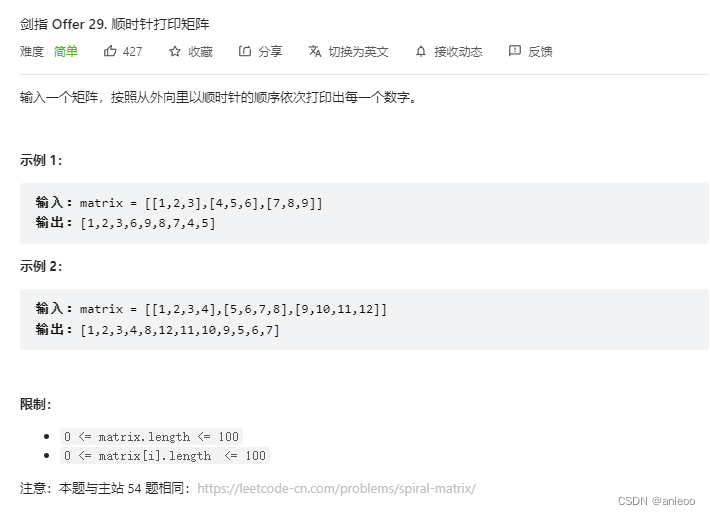
剑指 Offer 29. 顺时针打印矩阵
随机推荐
729. 我的日程安排表 I / 剑指 Offer II 106. 二分图
更换gcc版本后,编译出现make[1]: cc: Command not found
Computer graduation design PHP animation information website
0211 embedded C language learning
Computer graduation design PHP college student human resources job recruitment network
Sword finger offer 12 Path in matrix
Dynamics 365 开发协作最佳实践思考
Online reservation system of sports venues based on PHP
[Clickhouse] Clickhouse based massive data interactive OLAP analysis scenario practice
SPI communication protocol
Unity learning notes -- 2D one-way platform production method
The ECU of 21 Audi q5l 45tfsi brushes is upgraded to master special adjustment, and the horsepower is safely and stably increased to 305 horsepower
Extracting key information from TrueType font files
Regular expressions: examples (1)
Apicloud openframe realizes the transfer and return of parameters to the previous page - basic improvement
同一个 SqlSession 中执行两条一模一样的SQL语句查询得到的 total 数量不一样
怎么检查GBase 8c数据库中的锁信息?
Open source | Ctrip ticket BDD UI testing framework flybirds
A basic lintcode MySQL database problem
RDD creation method of spark